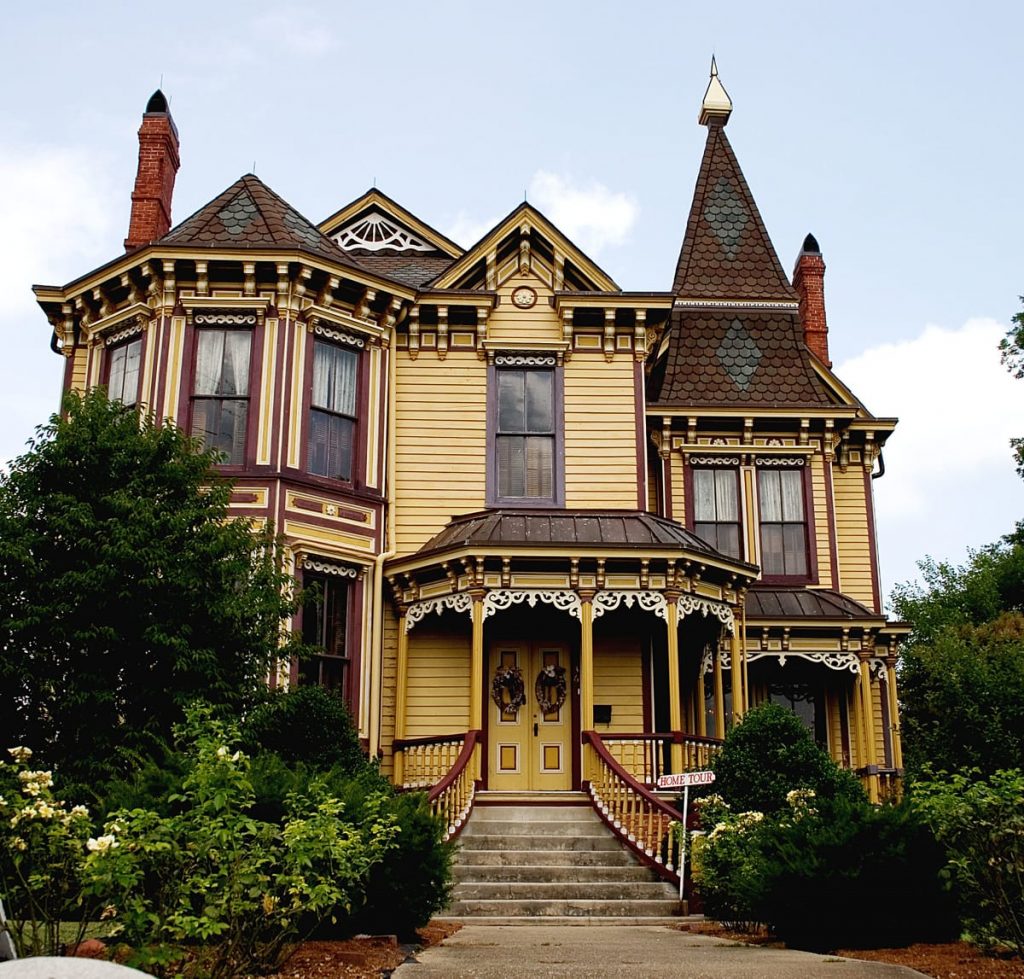If you’re currently living in a home that doesn’t suit you, you might be thinking about doing some renovating. Although this kind of endeavor is never completely straightforward, if you have a heritage home, it can be extra stressful. Moreover, renovating a heritage home can also get pricey fast. In case you’ve been living in this home your entire life and you’re attached to it, this might be worth your time and effort. However, if where you live is not of the biggest importance, you can also consider selling your heritage home and looking for something that is better suited to your needs and easier to renovate. With all that in mind, here is what you should know about renovating heritage homes.

Understand what a heritage home is
The first thing you need to do if you’re thinking about renovating your home is understand what a heritage home actually is. These are residential properties that have been marked as having a “special heritage interest” by the government, usually at the municipal level. There is typically a need to preserve the structure due to its cultural, historical, aesthetic, architectural, or ecological value.
Research your home’s history
In case you’re not sure if you actually live in a heritage house, it’s time to do your research and learn more about your home’s history. There is surely a local office where you can go to find more information about when your home was built and what kind of limits it comes with in terms of renovation.
Learn the difference between renovation and restoration
Besides learning more about your home, it’s also crucial that you understand the difference between renovation and restoration. For starters, renovating a home means that you will bring in a substantial transformation and potentially change everything from the layout to the exterior of the property. On the other hand, restoration means that you will be maintaining the property’s original look and features in order for them to last well into the future. Therefore, it’s vital that you know what you are allowed to do to the property.
Look into the local laws
To stay within your rights, you need to research the local laws that your municipality has in place. There are certain directions that you will have to follow if you want to get a building permit and make your home meet your needs. For instance, in some cases, you will only be allowed to change the indoors and keep the façade original. Restoring an exterior so that it matches all requirements is oftentimes not a simple project as you have to think about various elements, from the paint and trims to the roof and fence. However, it’s vital to keep in mind that you might not be able to fully remodel the inside either. Some historical homes are protected so that the layout cannot be changed and the floorplan has to remain the same.
Expect the unexpected
When tackling heritage home renovations, remember to expect the unexpected. You never know when the city might pop by to see the progress you’re making and schedule an inspection. If just one thing is off, the entire restoration process could be put on hold until you get a new permit and meet the requirements. Other setbacks typical for renovations can also occur, such as the colors not being what you ordered or materials arriving late.
Turn to reliable contractors
If you’ve never renovated a house before and you’re dealing with a heritage home, it’s best to turn to experts in the field that have plenty of experience when it comes to tackling such projects. For example, look for heritage roofing professionals that will ensure the roof of your home is restored according to strict heritage guidelines and made to last a lifetime. Then, when it comes to the gutters, fences, and various other façade elements, you want to find specialists that know how to approach every project in the right manner and avoid any expensive mistakes. Moreover, experts will also tell you what you can preserve and reuse so that you can save some extra money.
Remember to see how much it would all cost
Before you decide to go down this road, you need to take into account how much it would all cost. First of all, check how much you need to pay for various permits. Then, do some research into the materials that you would need to use in order to match the originals and how much they would set you back. Lastly, see if the changes you are allowed to make would actually make your home more functional. After all, there is no point in investing money into a project if the end product will not fit your family. With that in mind, if you see that the costs of renovating or restoring your current home are too high, it might be best to compare the price to some other properties that you might be able to purchase for the same amount.
As you can see, renovating a heritage home comes with many obstacles and hoops you might have to jump through. If you think that it is simply not worth it and that you can find another home that suits you better, consider selling.